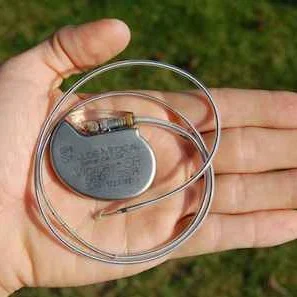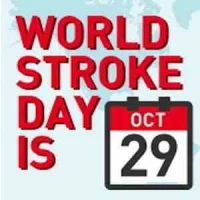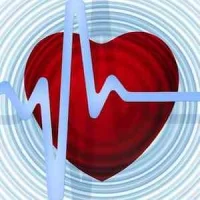In a study that investigated whether pacemaker checks could be used to identify patients with asymptomatic atrial fibrillation (AF), it was found that it was worthwhile using them to identify patients at risk.
AF is a common heart rhythm disorder and affects approximately 2 percent of people in the developed world. The condition increases the risk of stroke by five fold and those who have strokes due to AF have a higher risk of dying or being disabled because of their stroke.
Dr. Denham explains that the risk of stroke in patients with AF can be reduced by approximately one-thirds with the use of anticoagulants but since a large number of patients with AF have no symptoms and are unaware that they suffer from this condition, they are at a higher risk of stroke.
Pacemaker checks are fairly simple but are not routinely monitored for this specific purpose. During this study, 223 patients who received a pacemaker during a 5 year period and had not been diagnosed with AF prior to implantation were assessed and their stroke risk was calculated using the CHA2DS2-VASc score to see how many should be receiving anticoagulation to prevent stroke. The score was based on common stroke risk factors including congestive heart failure, left ventricular dysfunction, hypertension, age, diabetes, stroke, vascular disease and female gender.
36 of the study patients had at least one episode of AF detected, of whom 27 had AF identified during a routine pacemaker check (12% of the study population). Around one-third of these 27 patients received the pacemaker for sick sinus syndrome and two-thirds had atrioventricular node block. The 27 patients required anticoagulation based on their score as a means to prevent stroke.
Dr Denham said: "The proportion of pacemaker patients with undiagnosed AF was higher than expected. Nearly all of them should have been receiving anticoagulation to prevent stroke. Pacemaker checks are simple to perform and our study shows that it is worthwhile using them to identify patients at risk."
The average time between a pacemaker check and diagnosis of AF was 6 months. Around one-third of patients have a pacemaker check every 12 months but Dr. Denham supports more frequent monitoring to identify AF since patients are left unprotected and are at an increased risk of stroke. Remote telemonitoring can make this easy since patients would not have to travel to hospital but would simply have a pacemaker check using their computer and wireless technology. Dr. Dehnam is confident that telemnonitoring is worth pursuing and its cost may be offset by the savings derived from stroke prevention.
He concluded: "One-third of people with AF don't know they have it so we need to use all of the tools available to recognise it. Our study suggests that pacemaker checks are a good way to identify new cases of AF so that anticoagulation can be started to prevent strokes."
Source: European Society of Cardiology
Image credit: Wikimedia Commons










